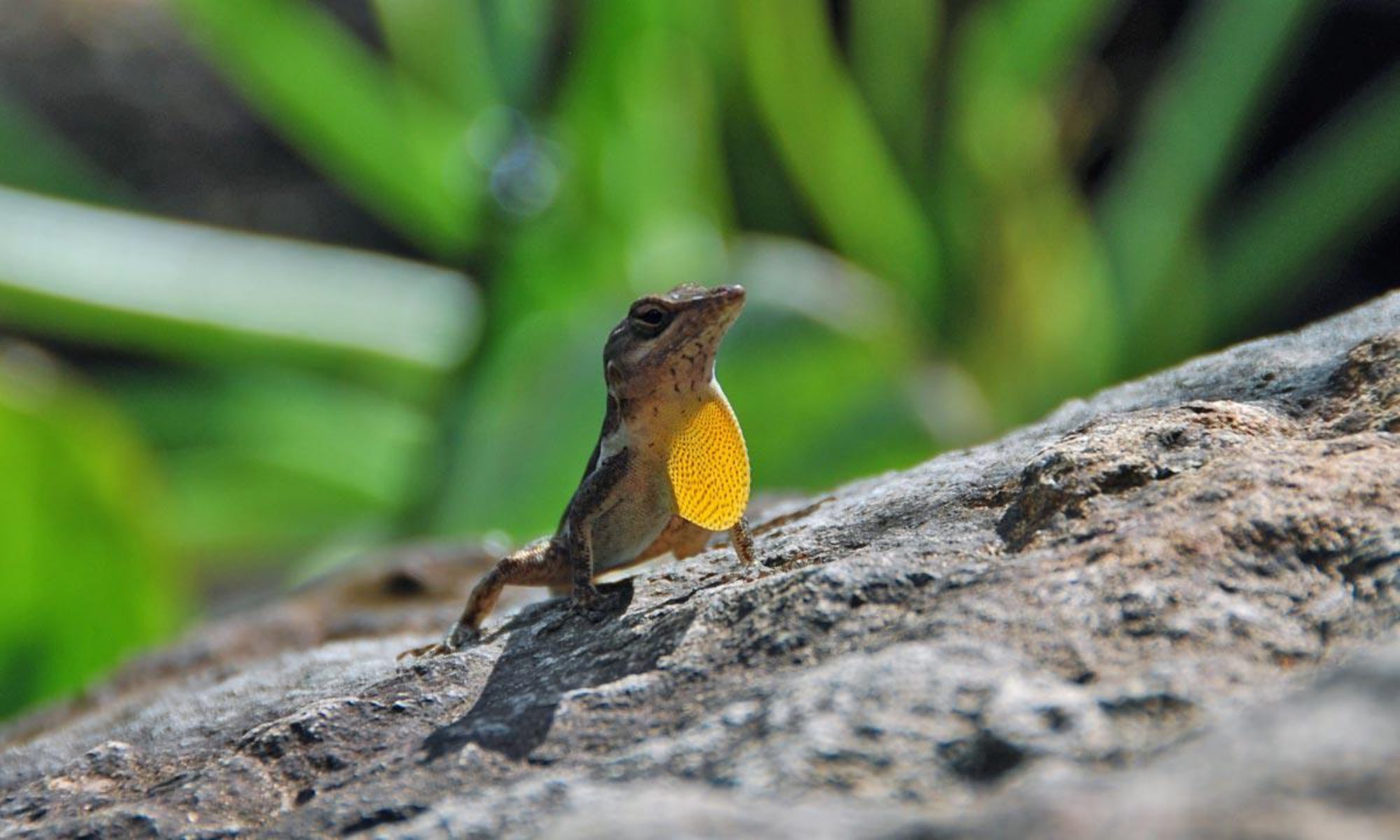St Maarten, we have a garbage problem. The St Maarten garbage dump is a dangerous eyesore and the toxic mess frequently catches fire – polluting our air and shutting our businesses & schools.

How Much Household Waste Do We Produce?
America tops the charts at 760 kg per person per year,¹ or just over 2kg per person per day. The Caribbean average is about 1.1kg per person, per day, although this is likely even higher in higher income countries.²
According to the SER Advice, St Maarten has the highest per-capita solid waste generation in all of the Caribbean at 9.7kg per day. The per capita number is so high partly because we have under 40,000 residents, but 3.4 million annual passenger arrivals, but also because we are consuming resources at an unsustainable rate.
We throw away 9.7kg per day, but we don’t need to.
About 20% of waste in developed countries is organic and therefore compostable. A further 31% is paper, which is organic, but it is also recyclable. As we have no local recycling facilities, we can group the two. Yes St Maarten, that means that 51% of our waste doesn’t even need to go to the dump.
Wait, the garbage mountain could be half its size?
Not quite, the organic waste does break down when exposed to oxygen thanks to aerobic bacteria. The byproduct of this process is heat – and this is enough heat to cause other materials in the landfill to spontaneously combust.
However, put this organic material in the bottom of a landfill, cover it with dirt completely, and the anaerobic bacteria takes over. The byproduct of the anaerobic decomposition is methane and carbon dioxide. Landfills are the third largest producer of human-induced methane gas (lead only by livestock and the burning of fossil fuels).⁴
So an uncovered landfill leads to fires and toxic fumes, and a covered landfill leads to greenhouse gasses and toxic fumes? Neither option sounds good!
This is why the dump is OUR problem – We are the solution. We can separate our waste at home. Many of us can compost this organic waste in our yards, making compost and using it in our gardens!
But it doesn’t stop there. Small household compost piles don’t generate the heat that commercial or municipal piles can. As a result, we cant compost as much. However, every little bit helps! Every bit of waste that we reuse at home reduces the toll that garbage dump is taking on our environment.

Now the St Maarten Garbage dump is on both sides of the road and overflowing with waste and hurricane debris. Click for animation from 2003 – 2017
Commercial Composting
Once we get into the habit of separating our waste, we can start contributing to a commercial compost scheme. Commercial composting can break down organic waste that would cause issues in a household pile. This includes non-vegetable food waste and PLA ‘biodegradable’ plastics.
Furthermore, composting can create a range of valuable commodities. The compost itself would be sold, reducing our reliance on imported soil amendments.
In cold climates, the heat generated in aerobic composting can be used to produce energy, while the anaerobic process can be used for biogas production worldwide.
Commercial composting will also give us one way to use the sargassum that inundates our shores.
And The Rest of the Waste Goes to the St Maarten Garbage Dump?
Preferably not. We still need to find a way to reuse or recycle most of the remaining waste, however this is getting more and more difficult. China has recently⁵ stopped imports of recyclable plastic and paper. Viable and sustainable solutions will need to include ways to process the recyclables as close to home as possible.
We can make aggregates from recycled glass, furniture and toys from recycled plastics, and reuse bottles to make craft beer and other cottage industries, much like how we used to collect empty Heineken bottles for Ting!
On a larger scale, we need to be more picky about what gets imported into St Maarten. Suppliers need to be encouraged to use sustainable packaging and consumers need to use their buying power to drive this change.
Irma and the subsequent dump fires have been a wake up call. We won’t ignore the St Maarten Garbage Dump any longer! Together, we can overcome.
Click here for more information on composting, and how you can start at home.
- http://www.nationmaster.com/country-info/stats/Environment/Municipal-waste-generation
- http://documents.worldbank.org/curated/en/302341468126264791/pdf/68135-REVISED-What-a-Waste-2012-Final-updated.pdf
- https://archive.epa.gov/epawaste/nonhaz/municipal/web/html/
- https://www.epa.gov/lmop/basic-information-about-landfill-gas
- https://www.nytimes.com/2018/01/11/world/china-recyclables-ban.html


